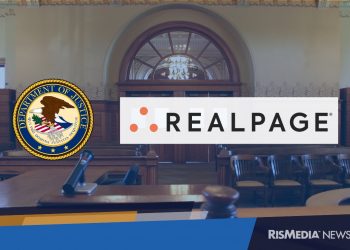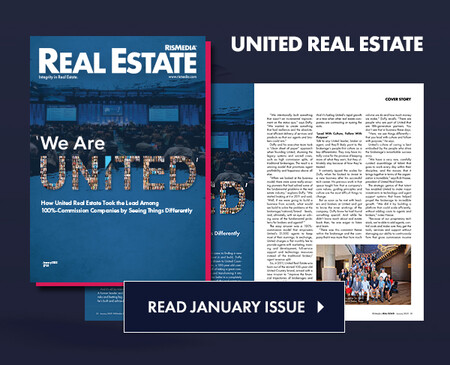RISMEDIA, Jan. 22, 2007-(MarketWatch)-After a weak patch in the fall, the U.S. economy is heating up. Job growth, retail spending, industrial output and even the housing market have all perked up.
What's not clear is whether it's just the warm weather we've been having or whether the economic fundamentals have improved.
"This could be the first sign of a recovery -or a blip," wrote Gabriel Stein, an economist for Lombard Street Research, in a research note.
November was about 2 degrees warmer than usual, while December was 4 degrees warmer and the warmest in 50 years. Temperatures remained mild in the most of the East for the first half of January as well.
The calendar says it's winter, but tell that to the cherry trees blooming in Washington and to the construction workers busy starting houses in New England.
The economy has certainly benefited from the warm weather. Energy prices have tumbled on reduced demand, freeing up cash for other purposes. Ground-breaking on new homes increased in November and December. Fewer workers are losing their jobs.
Some of the boost from the weather is real, but some of it is economic activity that's just been borrowed from the spring months. We probably won't know for several months how much it is real and how much of it is just people taking advantage of a few warm days to do now what they planned to do in March.
Whatever its cause, the burst of economic activity has lessened the pressure on the Federal Reserve to cut overnight interest rates to stimulate the economy. In essence, warm weather, falling gas prices and lower long-term interest rates have provided the stimulus many thought the Fed would have to provide.
In October and November, more than 80% of the economic data came in below expectations, noted David Rosenberg, chief North American economist for Merrill Lynch, in a research note. But since the first of December, more than 50% of the data have been stronger than expected.
Changing rate expectations
"Expectations of any near-term easing are now quickly dissipating with each new upside surprise," wrote Mike Englund, chief economist for Action Economics.
Indeed, the federal funds futures market now anticipates no rate cuts in the first half of the year and just one cut by the end of the year. For a brief moment, the market was even pricing in a 2% chance of a rate hike in March. By contrast, six weeks ago, the market was certain of one rate cut by July and was leaning toward three by the end of the year.
Those who've been forecasting that the next Fed move would be another rate increase are crowing.
"Some will argue, of course, that warm weather was the main reason builders initiated more construction," wrote Bernard Baumohl, managing director of the Economic Outlook Group, in a research note. "I don't buy it.
"Builders are not going to take on more construction loans, pay off contractors and put up new homes just because the weather has turned warmer, not with the market still burdened by huge inventories of unsold houses and few buyers," Baumohl wrote.
Builders are businessmen and they are anticipating better sales, he said.
While the weather has obviously helped, the improvement in the economy is more fundamental, argued Stephen Stanley, chief economist for RBS Greenwich Capital. That's the message of the Institute for Supply Management index, the industrial production report and the Philly Fed index, he said.
"The worst for manufacturing may have passed last fall," Stanley wrote in an e-mail. "With auto output stabilizing and firms related to housing presumably having made the bulk of the necessary adjustment to the slower pace of building, the manufacturing sector may be able to get back to modest growth in the months to come."
The bears are sticking to their guns in the face of the stronger data, however.
Merrill's Rosenberg recently boosted his fourth- and first-quarter gross domestic product estimates to close to 3% "to reflect a host of non-recurring factors," he wrote, but that "did not change the overall message of disinflationary below-trend growth for 2007 as a whole."
Rosenberg still sees the Fed cutting rates to 4% by the end of the year.
Lombard Street's Stein worries that an economic rebound now raises the risks of a harder landing later, as the Fed overreacts to higher inflation by raising rates, ignoring the bomb shell that's still ready to explode as weakness in the housing market "saps the willingness and capacity of U.S. households to borrow."
Rex Nutting is Washington bureau chief of MarketWatch.
Source: http://Marketwatch.com.










